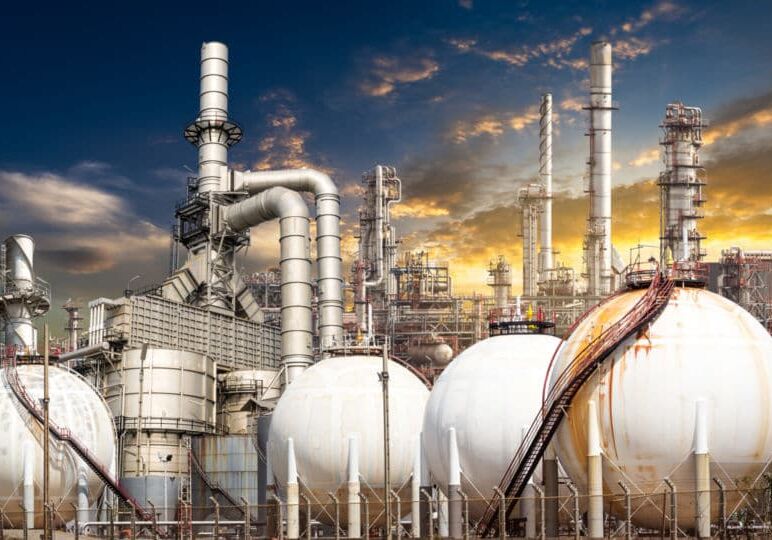Spotlight on the Indonesian market with Pertamina

Exclusive interview with Kemas Adrian, Environmental & Sustainability Program Coordinator, Pertamina Hulu

How do you think the Indonesian petrochemicals market compares to that of other regions?
Petrochemicals, which turn crude oil and natural gas into all sorts of daily products – such as plastics, fertilisers, packaging, clothing, digital devices, medical equipment, detergents or tyres – are integral part to Indonesia’s economy.
As the fourth largest population in the world with more than 270 million in 2020, the market for petrochemicals in Indonesia is very promising, since petrochemical product demand is consistently proportional to population.
President Joko Widodo is aiming to stop the import of petrochemical products in 2024, meanwhile, according to data from The Indonesian Olefin, Aromatic, and Plastic Industry Association (Inaplas), Indonesia’s volume of imports of petrochemical products is very high. For example, the national demand of polypropylene, polyvinyl chloride, polyethylene, and polystyrene is around six million tons per year. Unfortunately, the national petrochemical industry can only supply around 30% of domestic demand. The market is definitely there.
What do you think the biggest development in the Indonesian downstream market will be in the next normal?
The economic rebound effect will be an opportunity for the downstream market since the consumption rates are stabilizing. Already a major component pre Covid-19 and during Covid-19, the importance of petrochemicals will grow even more in the post Covid-19 rebound since demand for plastics related products – the most familiar of petrochemical products – has outpaced all other bulk materials (such as steel, aluminium or cement). Demand for fertiliser is increasing, with Indonesia’s focus to make the agricultural sector become one of the key pillars for the country’s welfare.
The biggest development in Indonesia’s downstream market is the rapid growth of demand and the Government’s effort to reduce petrochemical product imports in 2024, that push domestic petrochemical industries to aggressively grow.
How can Indonesian operators prepare themselves for business success in the face of economic uncertainty?
Market research of the petrochemicals market is essential to prepare the future of business. It will push correct planning and investment for the next projects since we already know that the market is there in Indonesia.
To prepare for business success, oil and gas industries should be increasingly pursuing integration along the petrochemical value chain. Against a backdrop of slower gasoline demand growth, robust growth prospects for chemical products, and attractive margins, oil and gas companies are further strengthening their links with petrochemical markets.
With a low oil price in current business climate, it means that there is potential to get raw materials (oil and gas) for petrochemical projects at a lower price for a longer period of time. Business opportunities are definitely there.
By integrating downstream value chain from all related stakeholders from simple refiners, complex refiners, integrated refiners, commodity chemicals, diversified chemicals, specialty chemicals, and agro chemicals, it will allow a constant flow of information and trends that can help each segment stay ahead of market disruptions and avoid any further migration of margins between businesses.
How important do you think public private collaboration is for building success in the downstream and refining and petrochemicals future?
With growing interconnectedness between oil and gas supply, refining and chemicals, in terms of feedstocks, opportunities for process integration, and evolving end-markets, public private collaboration is key. The cost of ignoring the needs of integration and interconnection is expected to be high for any participant along the downstream value chain.
Public private collaboration also builds a strong alliance capability that focuses on open innovation of molecules and materials, co-ownership of environmental footprint of a product across the value and supply chain, swap patents and know-how, and sponsor end-market innovations. It can deepen relationships with distributors including current manufacturer–distributor relationships that can tap into unique insights in a specific market, provide laboratory- and application-specific support to small end-users, and offer both positive and negative incentives to reduce carbon footprint.
What does industry 4.0 mean to you? What is the main way in which you think digitalisation will be adding value to your sector in the next phase of the energy transition?
Most downstream segments, in the past, followed a reactive or outside-in approach to business, which not only restricted them from gaining a broad market perspective but also may have established suboptimal silos along the value chain. With constant pressure to tap limited growth while expanding margins, depending upon which segment one operates in, focus on asset optimization, driving synergies, product differentiation, and portfolio optimization can be achieved with the support of digitalization by using modern Smart technology for industrial practices.
Digitalization will drive optimization of process facilities which leads to more efficient operations, faster collaboration between stakeholders to promote synergies and destroy silos which will increase productivity, and promote good corporate governance through transparency.
As of 2019, Indonesia, though the third biggest oil producer in the Asia-Pacific region, is a net importer of crude. What effect do you think crude imports, and crude to chemical conversion have on Indonesia’s economy?
Crude import is required to fulfil domestic need, since the balance between production and consumption is still net negative for Indonesia. At the same time, reliable supply of raw materials (crude oil and natural gas) for petrochemical plants and refineries is essential to keep the plant running and consumers’ needs fulfilled. Crude import is essential to support the economy of Indonesia due to high demand of energy and petrochemical products.
Upstream oil and gas in Indonesia with matured fields and unproven reserves would require a huge amount of investment to find and drill the reserves to keep up with domestic energy demand and it could be deemed not economically feasible in the current business climate.
If Indonesia could focus on developing their petrochemical industry going forward, although currently a net crude importer, there is huge potential that Indonesia can become a major exporter for petrochemical products in the future.
How is the Indonesian downstream market incorporating sustainability and ESG into the next phase of its energy transition?
Incorporating ESG and sustainability into business process could throw open many new and innovative business models: from the knowns of investing in sustainability and reducing the usage of fossil fuels, to making fossil fuels an important input for renewables growth, to even efforts to combine fossil fuels and renewables. The question is how each company sees and evaluates several available routes to sustainability: an essential cost, a branding exercise, or an opportunity to uncover hidden value. ESG and sustainability are becoming increasingly popular parameters for investors to decide to invest in projects long term.
What would be your key tips for young Indonesian engineers to build their career in the downstream industry?
Young engineers must have the right mindset and can-do attitude. The right mindset will make us focus on the goals that we want to achieve (personal goal or leading indicators from Organization’s KPI) rather than focusing on external circumstances. Right mindset also will bring the passion, dedication, and persistence to our work. Young engineers should take pride in what their product is.
Sign up for our fortnightly newsletter to receive first hand insights to your inbox